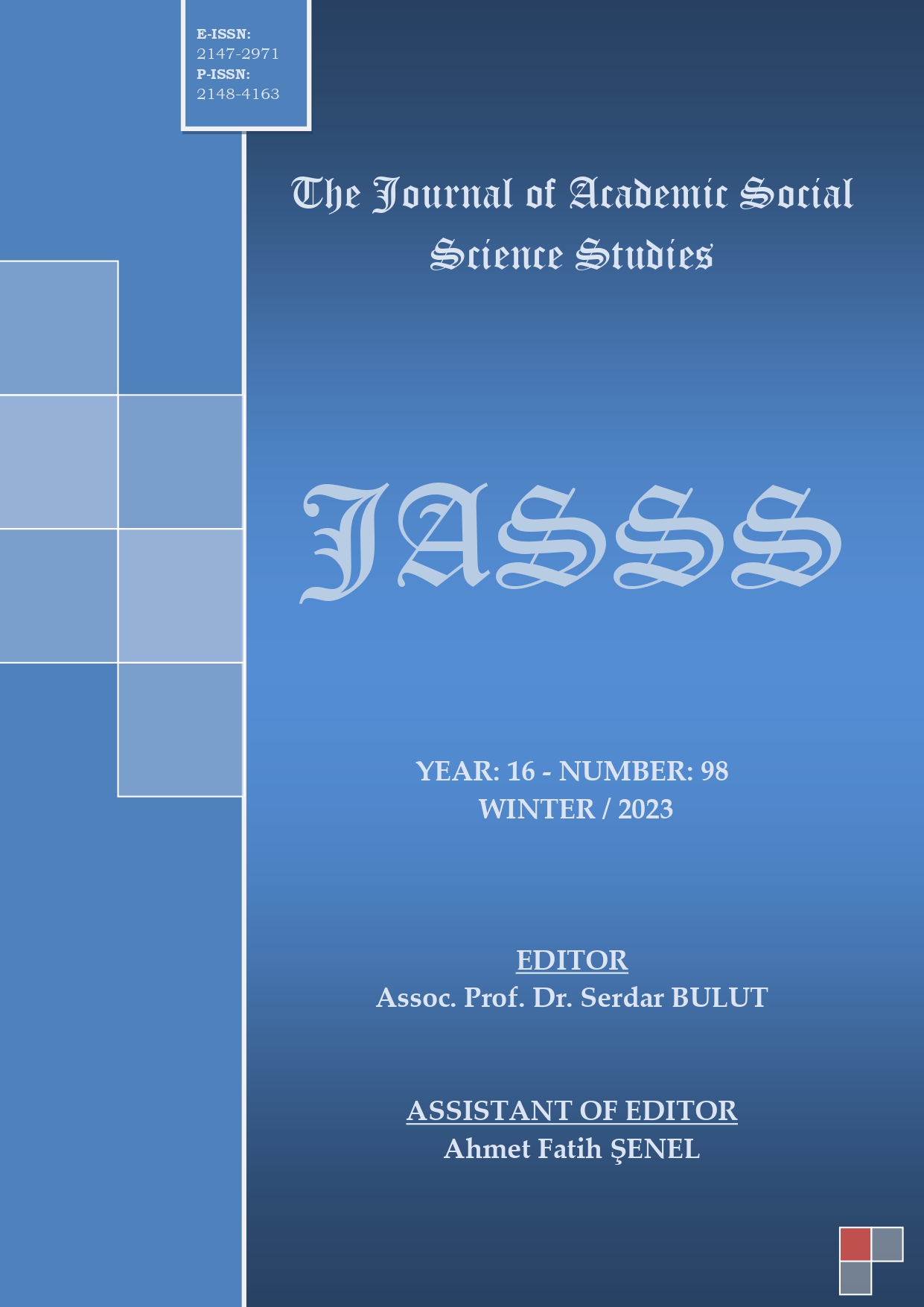MİMARİ TEMSİL SİTEMLERİNE ZAMAN-MEKÂN’IN EKLENMESİ İLE OLUŞAN MEKÂNSAL DENEYİMİN SİNEMA ARACILIĞI İLE İNCELENMESİ
Author :
Abstract
Mimari temsil, mimarların düşüncelerini somutlaştırma ve bu düşüncelerini diğer kişilere aktardıkları görsel düşünme etkinliklerinin kaydından oluşan bir iletişim biçimidir. Geleneksel mimari temsillerde aktarılmak edilmek istenen bilgiler ve önemli olduğu düşünülen fikir, kavram veya nesneler temsil edilir. Mimarinin temel bir bileşeni olan zamansal deneyimden yoksun olan geleneksel temsiller, akıp giden zaman içerisinde donmuş ve biricik olan bir anın önem kazandığı üretim teknikleri kullanılarak yaratıldıkları için istenen bilginin aktarılması dışında bir amacı hedeflemezler. Yapısal olarak dondurulmuş anlardan oluşan geleneksel temsillerin içerisinde barınamayan zaman-mekân, sinema ürünü film aracılığıyla mimari temsile dahil edilebilmektedir. Sinema, temsil sisteminin yapısına kattığı hareket aracılığı ile mekânı deneyimleme boyutu sağlar. Bu çalışma özünde, zaman mekânın bir mimari temsil olarak filmin bünyesinde mekânın duyusal gücü olarak yer bulması ile geleneksel temsil sistemlerinden farklılaşan mekânsal deneyim değişikliğinin bilişsel süreçteki etkisini destekleyici ampirik kanıtlarla anlamaya yönelik bir girişimdir. Maison à Bordeaux ve Moriyama Evi isimli iki mimari yapı hakkında farklı temsil sistemlerinden faydalanılarak deney kurgulanmıştır. Bu doğrultuda katılımcılara eşzamanlı protokol analizi uygulanmış, verilerin sayısallaştırılması için LINKOgrapher yazılımı ile linkografiler oluşturulmuş ve bilişsel süreçler hakkında elde edilen verilerle analizler yapılmıştır. Yapılan analizler sonucunda geleneksel temsil sistemleri ile sinemanın mimari temsil aracı olarak kullandığı durumlarda gerçekleşen bilişsel süreç içerisinde üretkenlik bakımından farklılaşmaların olduğu görülmüştür. Sinemanın bir mimari temsil aracı olarak başvurulduğu bilişsel süreç içerisinde daha fazla veri üretiminin gerçekleştiği, bu üretilen verilerin kullanılan kodlama şemasındaki yüzdelik yoğunluklarının mekânsal deneyimi destekleyecek şekilde değiştiği ve temsiller aracılığı ile iletilen bilgilerden özelleşenlerin tespitinin linkografi aracılığı ile rahatlıkla yapılabildiği görülmüştür.
Keywords
Abstract
Architectural representation is a form of communication that consists of recording visual thinking activities in which architects embody their thoughts and convey these thoughts to other people. In traditional architectural representations, the information to be conveyed and the ideas, concepts, or objects that are thought to be important are represented. Traditional representations, which lack the temporal experience, which is a basic component of architecture, do not aim for any purpose other than conveying the desired information, as they are created using production techniques that care about a unique moment frozen in fluid time. Time-space, which cannot be accommodated in traditional representations consisting of structurally frozen moments, can be included in architectural representation through the cinema product. Cinema provides the dimension of space experience with the movement unit added by the structure of the representation system. This study is an attempt to understand the effect of spatial experience on the cognitive process, which differs between film, which incorporates time-space as the emotional power of space, and traditional representation systems, with supporting empirical evidence. An experiment was designed using different representation systems about two architectural buildings, Maison à Bordeaux and Moriyama House. As a result of the analysis, it was seen that there are differences in terms of productivity in the cognitive process that takes place when traditional representation systems and cinema are used as architectural representation. It has been observed that more data is produced during the cognitive process in which cinema is used as an architectural representation tool, the percentage density of these produced data in the coding scheme used changes in a way that supports the spatial experience, and it has been observed that the important information conveyed by architectural representations can be easily identified through linkography.





